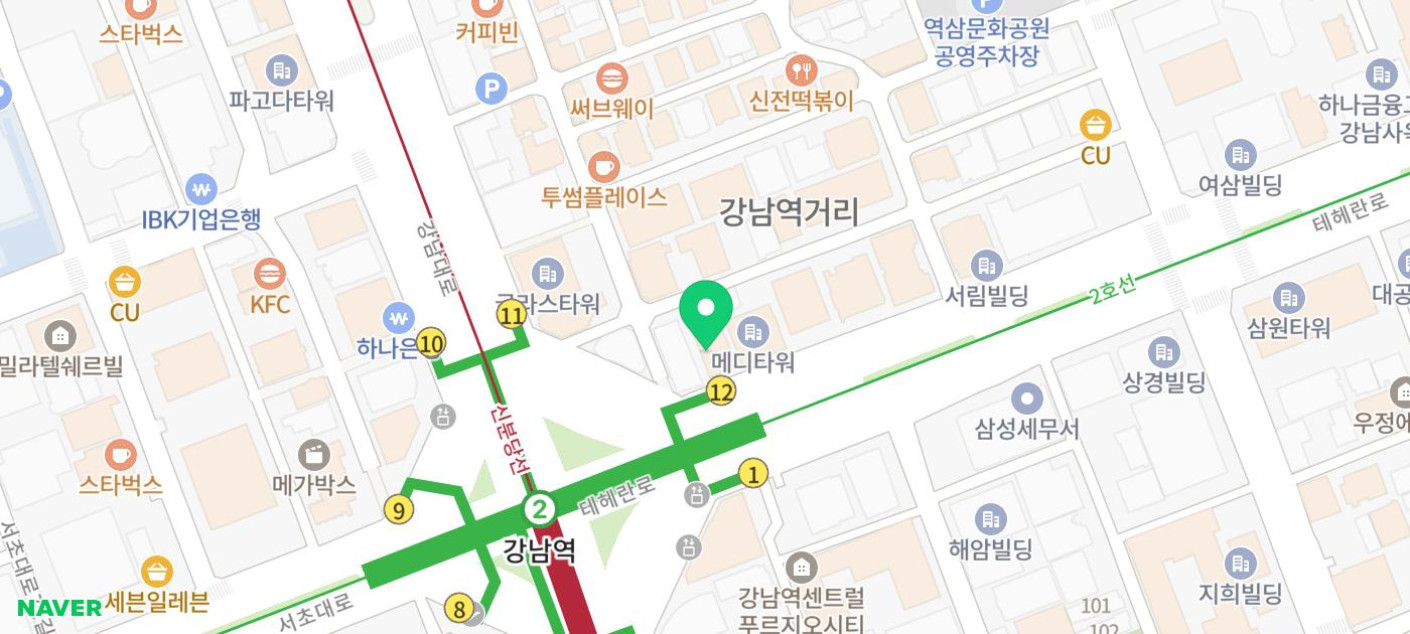Facelift: The Moment the Weight of Sagging Skin Changes
페이지 정보
작성자 Wassup 작성일 25-11-17 06:00 조회 17 댓글 0본문
A person's impression changes gradually over time.
It starts with small changes like wrinkles around the eyes, but as time passes, the cheeks sag and the jawline becomes blurred.
In the consultation room, I often meet people who say, "Skin care doesn't work anymore" as they experience these changes.
In reality, the problem isn't the skin surface, but the SMAS layer and fat layer underneath, which gradually descend.
Therefore, it is often difficult to achieve the desired changes by simply managing the skin.
For this reason, interest in facelifts, a way to lift sagging skin, is increasing.
A facelift is not about forcibly pulling the skin, but about restoring the original facial contours by correcting the underlying structure.
Aging affects not only the skin but also the deep structures of the face.
As muscles and the SMAS layer sag, the skin stretches, and wrinkles and sagging cheeks appear simultaneously as the fat layer shifts.
Makeup can only conceal so much, and skin care alone has clear limitations.
In this situation, a facelift allows for a structural approach.
In particular, if the mid-face and lower face are sagging at the same time, a facelift can help restore balance to the entire face.
When the cheeks and jawline return to their original positions, the expression becomes more relaxed and natural, beyond just looking younger.
When consulting, I explain these principles and emphasize that it is clearly different from treatments that only deal with the surface of the skin.
Ultimately, a facelift can be seen as a process of structurally addressing changes caused by aging.
A facelift is not a method of pulling the skin's surface.
It consists of separating and repositioning the SMAS layer, the key cause of facial sagging.
This layer is connected to the overall elasticity of the face, so correcting it can lead to natural and long-lasting results.
The incision is made along the ear line or wrinkle lines, so it is not easily visible from the outside.
The surgery takes several hours, but a clearer line gradually appears as you recover.
During the consultation process, I explain that a facelift is a process of returning sagging skin to its original position.
After hearing this explanation, patients feel less anxious about the surgery and can realistically adjust their expectations for the results.
Before the surgery, nasolabial folds are often deep, and the cheeks sag, making the face look heavy.
If the jawline is blurred and the boundary between the neck and face disappears, the face may appear larger than it actually is.
After the surgery, the sagging structure returns to its original position as the SMAS layer is secured.
The contours are revived, the expression naturally brightens, and smiling doesn't feel as heavy as before.
A clear jawline in the profile is also a characteristic feature.
When patients look in the mirror and say, "It feels like my old face has returned," I reflect on the meaning of the improvement.
Every time I see these reactions, I realize that a facelift is not just about improving appearance, but also about giving positive power to the overall expression and attitude.
After a facelift, bruising and swelling may occur.
However, most of them gradually decrease over time.
Because the incision range is not large and the approach is meticulous, the recovery period is relatively short.
You can usually return to your daily life in about a week, and the outline becomes clearer after 2 to 3 weeks, depending on the individual.
The recovery period is an important part of completing the result, so it is also a time that requires management rather than just waiting.
Those who faithfully follow the medical staff's instructions during the recovery process are often satisfied with the results.
Therefore, I think it is important to monitor the recovery together and help patients reduce anxiety and have peace of mind.
One female patient in her 50s had been taking care of her skin for a long time, but she was deeply concerned about deepening wrinkles and a collapsed jawline.
She said that she could no longer postpone it because she often heard people around her say, "You look tired."
After sufficient consultation, she chose a facelift, and her expression became much more comfortable after the surgery.
She said that she felt lighter after looking in the mirror and that she felt more energetic when talking.
These changes meant more than just changing her appearance.
Through this case, I reaffirmed that a facelift can be an opportunity to change one's attitude towards life.
Actual cases are a great motivation for other patients during the consultation process.
A facelift is a process of reviving the collapsed structure and restoring the original balance.
Unlike methods that only manage the skin, it treats the SMAS layer, so you can expect natural and long-lasting results.
The changes before and after surgery do not end with appearance, but also give positive power to expression and attitude.
I feel rewarded every time I see patients regain vitality in their lives through facelifts.
A facelift is not about creating a youthful appearance, but about helping you express yourself comfortably and live confidently.
I hope that more people who are concerned will find a way that suits them to regain a balanced line and a comfortable impression.
Facelift: The Moment the Weight of Sagging Skin Changes















Source :https://blog.naver.com/klkl2580/224012881550
- 이전글 Gangnam Rejuran Healer: Price Range, Effects, and Important Considerations
- 다음글 Thermage FLX: Is It Really Effective? An In-Depth Guide to Benefits, Side Effects, and Pain
댓글목록 0
등록된 댓글이 없습니다.
